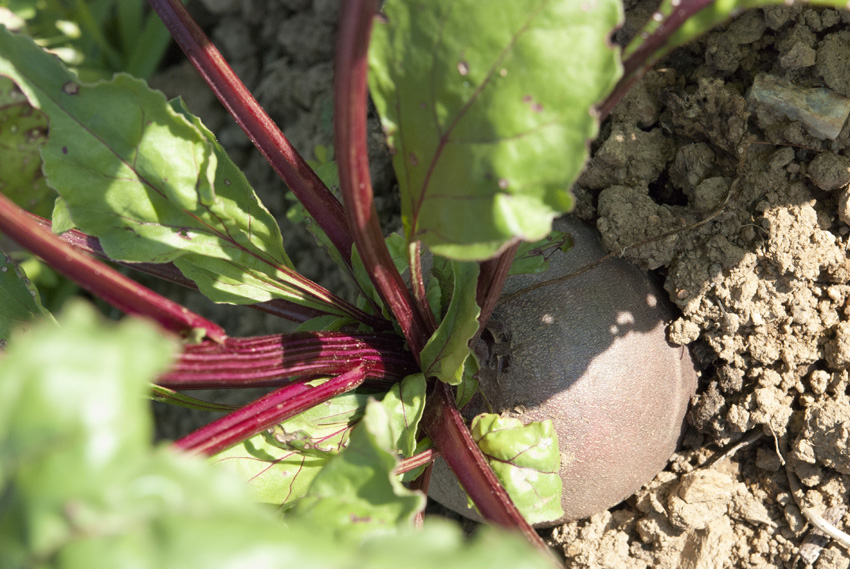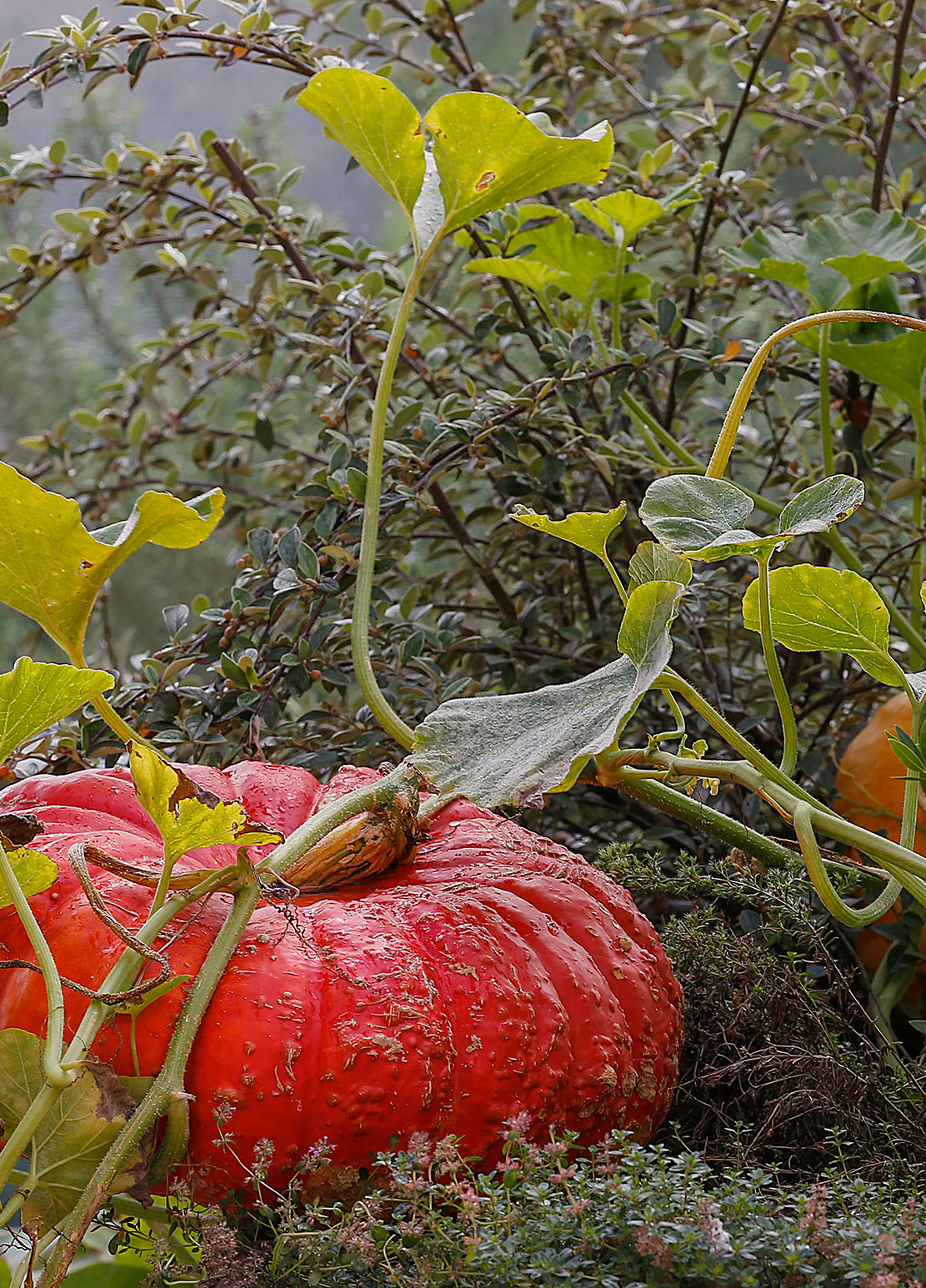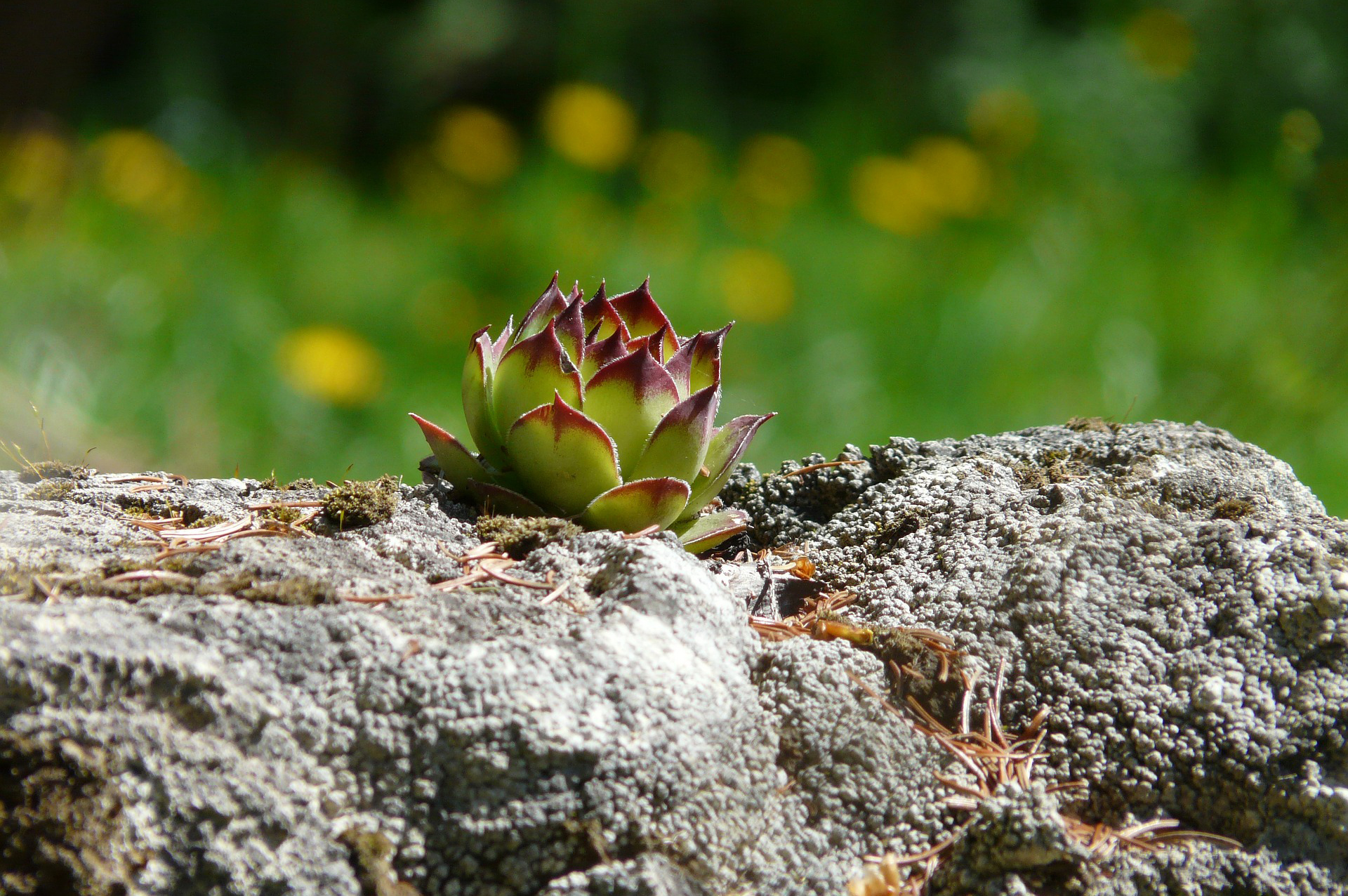The earthworm represents a substantial portion, approximately 70%, of the earth’s biomass. Indeed, one to three million earthworms can be numbered per hectare of healthy soil. Which, on the scale of the Lands of the globe, is considerable.
This invertebrate insect is a token of fertility and healthiness in a crop. It has in fact been of interest to scientists for many years; Charles Darwin himself dedicated a book to it at a later stage of his research.
But what do we know about this strange, quite repulsive little creature, which has not yet earned all our sympathy?
DISCOVER THE EARTHWORM
First of all, the earthworm is a super recycler: it comes out at night to feed mainly on dead organic matter, including leaves and roots. As a result, it can “recycle” up to six tons of organic matter per hectare and per year. The matter it digests then produces essential nutrients for the growth of plants. The famous earth turricles, those twists it leaves on the surface, are full of azote, potassium and phosphate that contribute to the growth of plants.
The worm also transports some of this organic matter deep into the soil where it will be pre-digested by micro-organisms. By digging numerous burrows, it also enables water and air to irrigate and aerate the soil.
The earthworm brings to the surface mineral matter and clay from the depths of the earth and digests the surface organic matter. Indeed, its intestine is the key to the creation of the famous clay-humus complex in which it plays the main role.
There are three types of worms of different size, colour and behaviour:
– First the anecic species: these worms dig deep vertical burrows. They travel between the deeper layers and the nourishing surface. They enable the switch between the clay and the litter.
– Then the endogeic species: these worms dig low, horizontal burrows. They complete the work of aeration and irrigation of the soil.
– And, lastly, the epigeic variety: these worms live on the surface, directly on the litter of organic matter and decompose it.
Those three types of earthworm dig burrows in the soil through their movement and they truly deserve the nickname of “soil engineers”.
Aeration and irrigation improve the soil which is not compacted. As a result, it is then better equipped to cope with heavy rainfall thanks to its porosity and it is no longer susceptible to erosion and the disappearance of soil in rivers. All the nutrients are preserved, retained, thanks to an environment enhanced by worms.
For plants, there is another positive impact resulting from the presence of earthworms in the soil. By digging burrows, these invertebrates will encourage roots to grow. Plants will then be able to capture the nutrients, minerals and water necessary to Life deeper in the soil. They thus become more perennial and develop an immunity higher than that of plants whose roots are too short to collect all those essential elements.
OBSERVING EARTHWORMS
How then does one count earthworms in the soil if they prefer to hide?
Swiss scientists from the Research Institute of Organic Agriculture have developed, as part of the “Better Gardens” projects, a technique to draw earthworms out without harming them. This technique, used by many biologists worldwide, resorts to mustard water. Yes, a mustard-based technique, surprising as it may sound.
All you need to do is to drive a frame into the soil, not too deep, and to pour over the soil 10 litres of water with a watering can in which you have diluted a small jar of mustard.
The earthworms, that cannot stand mustard, will then crawl to the upper 10 centimetres of soil. You can then rinse them with clear water to count them by hand (be careful however not to expose them to the dry open air for too long since they breathe through their skin thanks to humidity).
This technique makes it possible to proportionally evaluate the number of earthworms that inhabit the soil. By a simple multiplication, according to the size of your land, you will then be able to approximatively assess their population and thus gain perspective on the health of your soil.
PRESERVE THE CAPITAL OF THE LAND
The earthworm helps regenerate a depleted Earth, which makes it a major ally in the sustainable supply of food to human populations.
If soil is deprived of worms, you may entice them back by making the environment hospitable once more. For that, you will need:
– To avoid stirring the Earth too deep.
– To spread various composts over the soil, but not to bury them.
– To always cover the soil with decomposing plants and favour coverage.
– To favour crop rotation.
The richer the soil in organic matter, the more earthworms there are and vice versa. It is a virtuous circle.
The earthworm is a fantastic bio-indicator which helps measure the health of the soil. It enables the sustainability of agricultural crops.
Now, with all these discoveries, have you taken a shine to earthworms?




